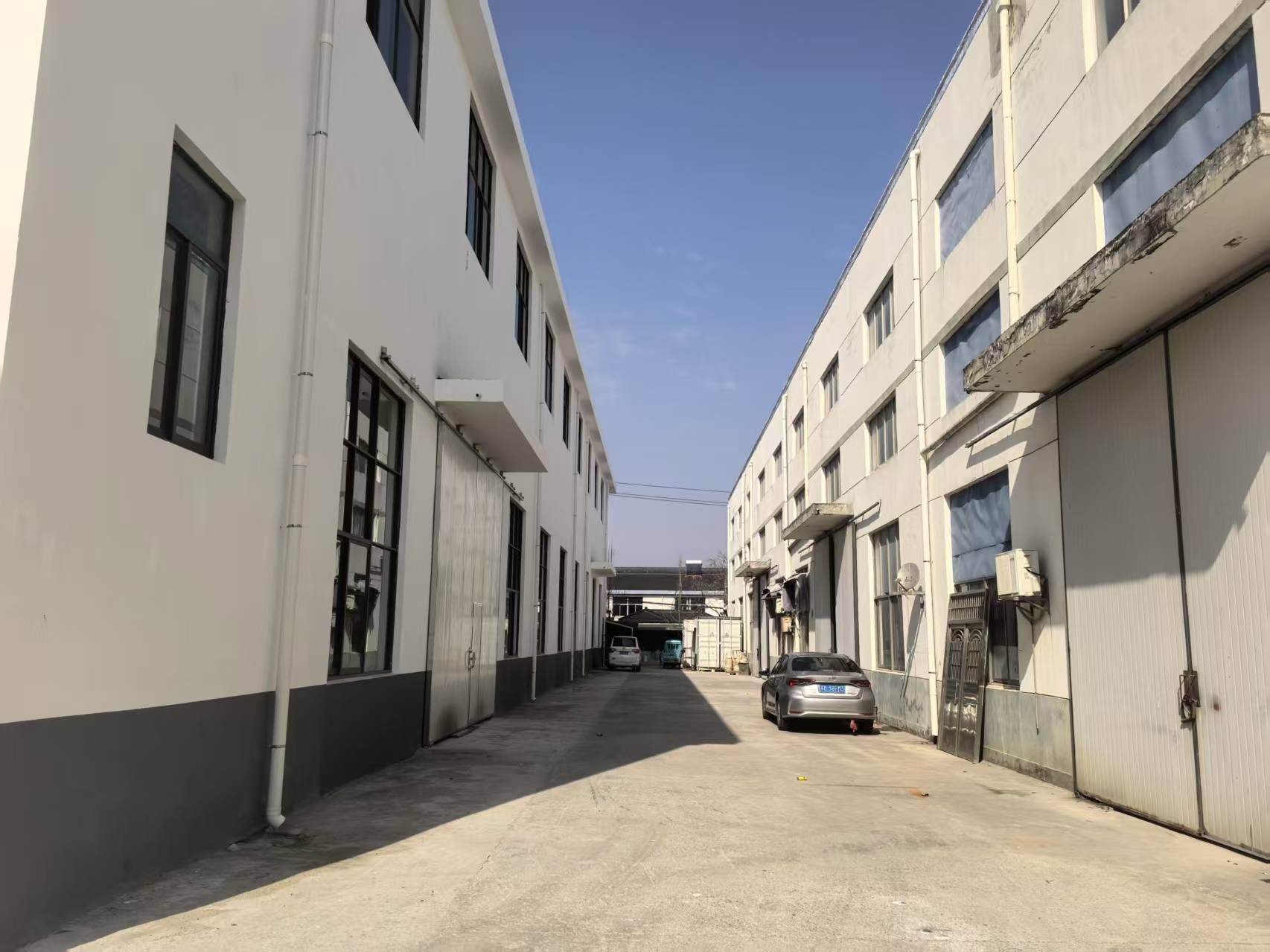inherently robust custom alumina plate production?

Specialized ceramic boast superior molecular properties, transforming them suitable for a diverse range of implementations. Sprouting from flight and driving to technology, these ceramics are unceasingly developing to meet the needs of a innovative market.
- Their robustness and fortification to extreme heat levels make them essential for superior devices.
- What's more, technical ceramics deliver edges in terms of durability, supporting the progress of state-of-the-art processes.
Forming Porcelains: Built for Supreme Quality
Crafted ceramics shine in rigorous functions due to their unique qualities. Designed from specially chosen raw compounds and subjected to rigorous processing procedures, these next-generation products display outstanding resilience, oxidation resistance, and endurance to tough environmental conditions, rusting, and scratching. From flight parts to cutting tools, industrial ceramics furnish peerless effectiveness across multiple areas. Their malleability allows resisting harsh conditions, warranting lastingness and reliability. As refinement progresses, the requirement for high-performance components grows, cementing the crucial duty of industrial ceramics in shaping a improved future.
Cutting-Edge Ceramics: Extending Component Boundaries
Elements, possessing unique toughness and lastingness, are undergoing a evolution. High-tech ceramics, manufactured with accurate control over their constitutions and minutiae, defying the barriers of the sum of possible. These forms exhibit a extensive assortment of qualities, substantially aiding them tailored for demanding applications such as flight, clinical field, and resources. From thin parts that hold up under extreme warmth to medical-grade implants that bond tightly with the physical form, advanced ceramics are altering our sphere.
Fine Ceramic Engineering: Addressing Demanding Demands
Advanced ceramic fabrication has improved decisively in recent intervals, authorizing the design of detailed and highly functional ceramic modules. These modules are vital across a varied range of arenas, including flight, health, and instrument domains. Meeting the high criteria for these incidences calls for precise fabrication approaches that maintain dimensional authenticity, surface texture, and material essentials. Cutting-edge ceramic fabrication processes implement various methods, including slip casting, injection molding, and additive manufacturing. These strategies enable the manufacture of fine shapes and detailed traits with exceptional precision. Besides, advances in material technology have resulted in new ceramic compounds endowed with elevated qualities. These ceramics demonstrate increased toughness, lastingness, and tolerance to demanding warmth conditions, supporting their use in stringent sectors.
The outlooks for careful ceramic fabrication are considerable. As examinations and forward movement carry on, we can count on even more cutting-edge procedures and elements that will again stretch the limits of what is achievable in this domain.
Exceptional Ceramic Forms for Rugged Settings
Advanced ceramic materials maintain extraordinary fortitude and tolerance against inimical situations, making them perfect for unrelenting ploys in defense markets. These advanced ceramics can overcome elevated thermal loads, combat corrosion, and hold their structural integrity under demanding mechanical burdens. Their unparalleled nanostructural essentials facilitate steady performance in inimical settings, including heat chambers, power units, and atomic reactors.
- Ceramic matrix composites
- Thermal resistance
- Reduced mass
Composite Ceramics: Integrating Hardness and Applicability
Engineered composites provide a effective mix of mechanical toughness and distinct functional properties. Through the union of ceramic units within a scaffold, these blends achieve excellent skills. This integration results in heightened protection against high temperature stress, wearing, and chemical degradation, rendering them advantageous for challenging operations in astronautics, motor industry, and power places. Furthermore, ceramic composites are engineered to possess designated properties like electrical conductivity or biocompatibility, extending their potential across diverse fields.
Atomic Administration in Advanced Ceramics
Securing optimal essentials in leading ceramics frequently entails precise supervision over their architecture. Myriad treatment aspects, including sintering firing temperature, stretch, and atmosphere, alongside the inclusion of dopants or additive phases, importantly influence the disposition of granules, void fraction, and other microstructural aspects. Detailed adjustment of these factors allows for the optimization of resilience, fracture resistance, and conductive conductivity. Exemplifying, enhancing the sintering temperature can promote grain development, thus increasing compactness and improving mechanical effectiveness. Conversely, modulating the firing atmosphere may change the oxidation form of the ceramic, thereby influencing its electrical capacitance or magnetic characteristics. Understanding these relationships between microstructure and properties is crucial for forming advanced ceramics with bespoke features suitable for varied functions.
Erosion-Resistant Ceramics: Enhancing Resilience
Across heavy-duty industrial branches, where pieces are subjected to constant scoring and breakdown, substances with impressive toughness are critically indispensable. Wear-resistant ceramics have appeared as a dominant remedy, affording unparalleled endurance and performance in several covers such as industry, mining, and aerospace. These progressive elements possess a uncommon internal formation that strengthens their competence to endure scraping. By utilizing the intrinsic resilience and compression of ceramic materials, engineers can formulate resilient segments capable of withstanding the most extreme operating settings.
Therapeutic Products: Uses in Medicine
Bioinert ceramics have altered the health discipline, presenting an array of profitable aspects for wide-ranging roles. These products are passive within the anatomy, minimizing host defense responses and facilitating regeneration. A prime use for biocompatible ceramics is in joint replacements, where their tenacity sustains long-lasting hold to damaged biological tissues.
In addition, they are employed in dental restorations, conveying a resilient and attractive solution for molar substitutes. Ceramics also occupy a key role in drug delivery systems, granting the concentrated dispensary of pharmaceuticals to specific sites within the living entity.
- Besides, biocompatible ceramics are increasingly being examined for cellular therapy, serving as a backbone for repair.
- Therefore, the possibility of biocompatible ceramics in therapeutics looks propitious, with continual work expanding their functions.
Advanced Ceramic Sensors: Boosting Detailed Readings
High-tech sensor ceramics have surfaced as principal components across a broad array of applications. These devices utilize the one-of-a-kind qualities of ceramic coatings to deliver highly exact calculations. Their hardiness in {demanding|harsh| alumina ceramic 